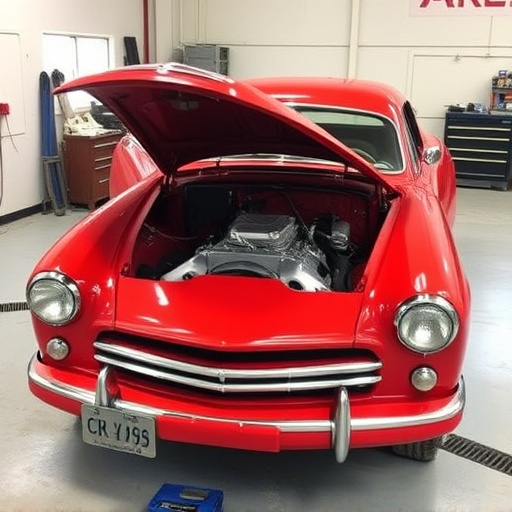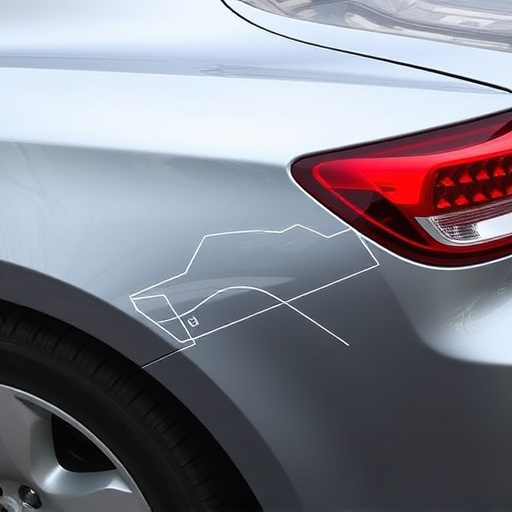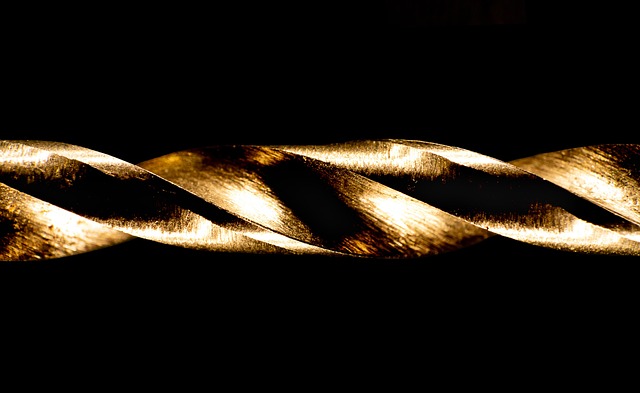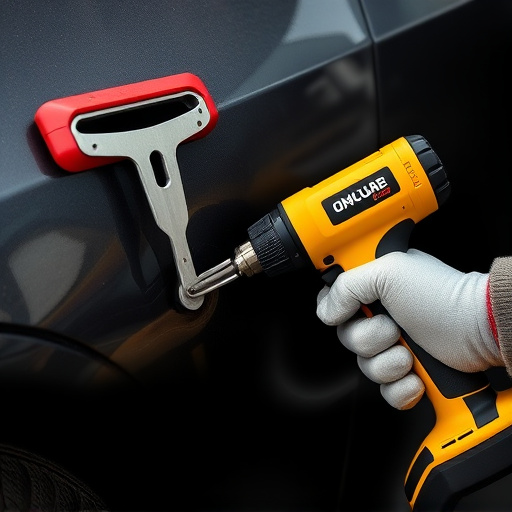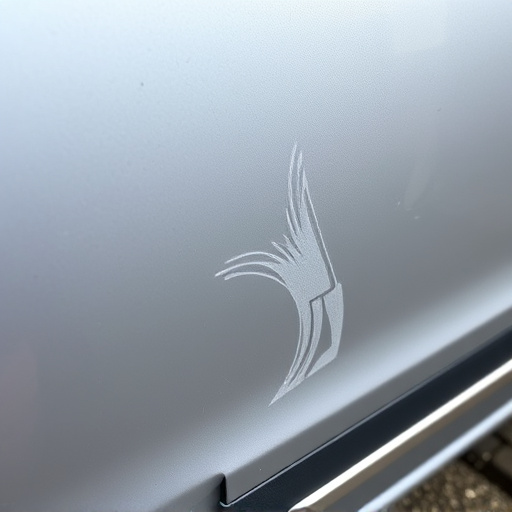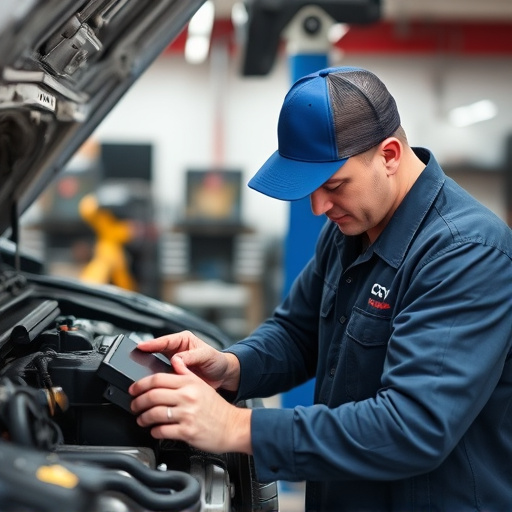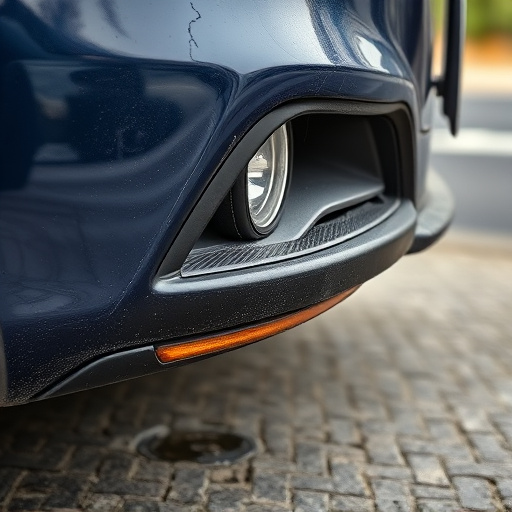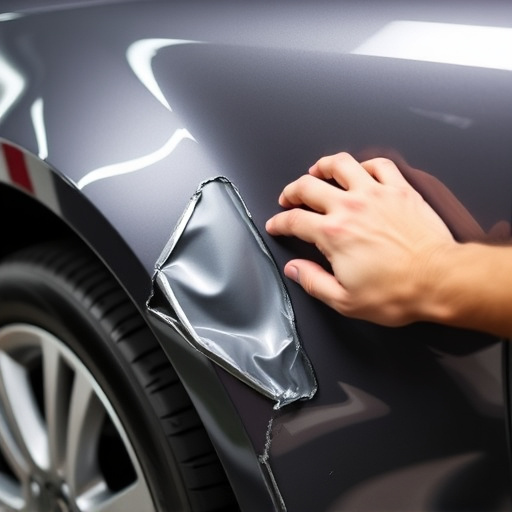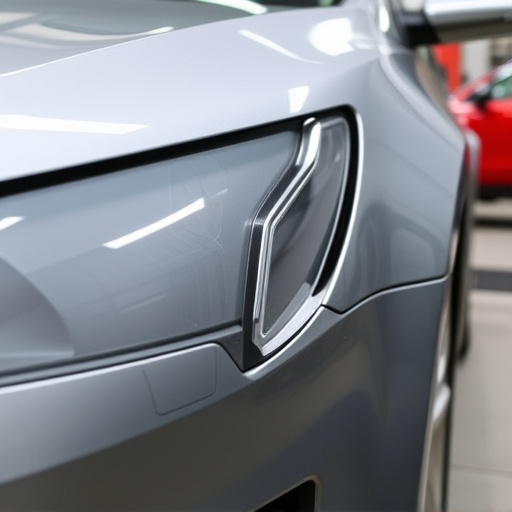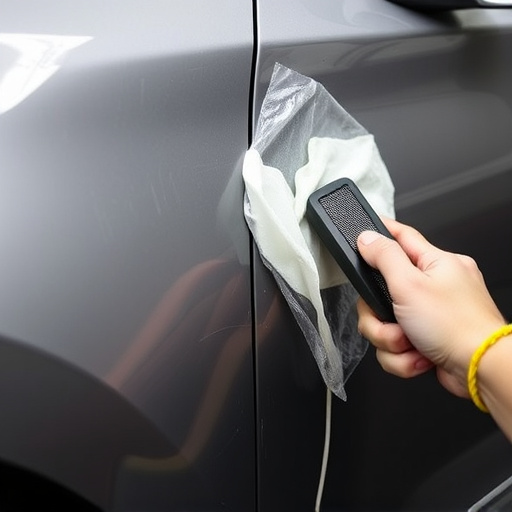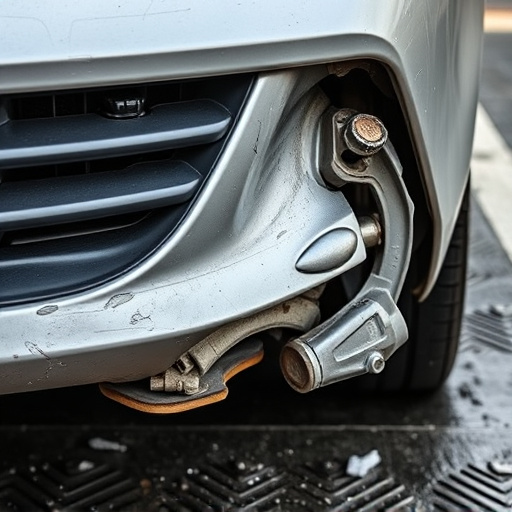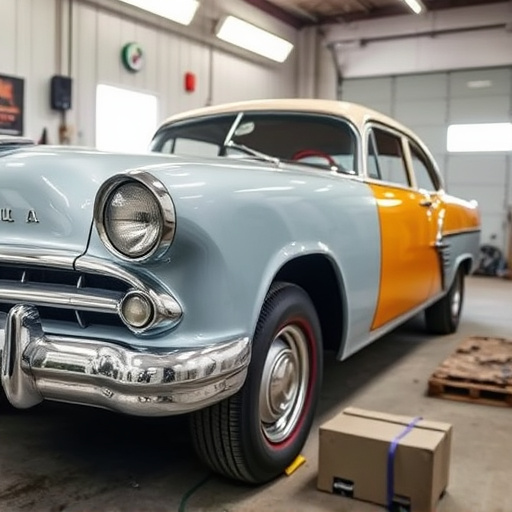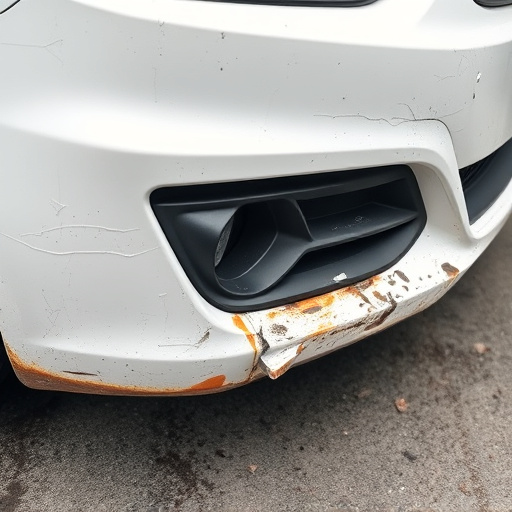Tesla accident repair standards emphasize both structural integrity and cosmetic precision, using advanced technologies and certified technicians to ensure safe, original-condition vehicle restoration while reflecting Tesla's commitment to quality and sustainability.
Tesla vehicles, renowned for their cutting-edge technology, require specialized care when it comes to accidents. This article delves into the comprehensive Tesla accident repair standards, exploring how they address both structural and cosmetic damage. We’ll dissect the distinction between these types of repairs and emphasize the paramount importance of safety and quality in the aftermath of a collision. Understanding these standards is crucial for Tesla owners and enthusiasts alike, ensuring peace of mind should the unexpected occur.
- Understanding Tesla Accident Repair Standards
- Structural vs Cosmetic Damage Reparation
- Ensuring Safety and Quality in Repair Processes
Understanding Tesla Accident Repair Standards
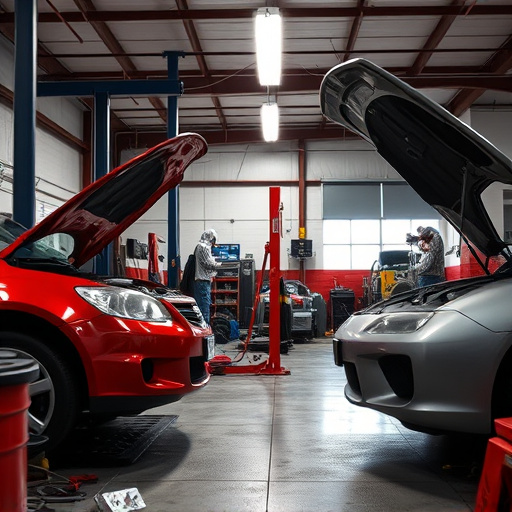
Tesla accident repair standards are designed to uphold the electric vehicle manufacturer’s rigorous quality and safety expectations. When a Tesla experiences structural or cosmetic damage due to an accident, certified repair facilities adhere to these guidelines to ensure the vehicle is restored to its original condition. This involves meticulous attention to detail, utilizing advanced technologies and techniques specific to Tesla models.
The process encompasses both structural and cosmetic repairs, with special consideration given to preserving the vehicle’s performance and aesthetics. Unlike conventional car brands like Mercedes-Benz collision repair or general automotive restoration, Tesla repair standards demand a deeper understanding of the company’s unique manufacturing processes and design philosophies. This ensures that any fix is not just functional but also aligns with Tesla’s vision for innovation and sustainability.
Structural vs Cosmetic Damage Reparation
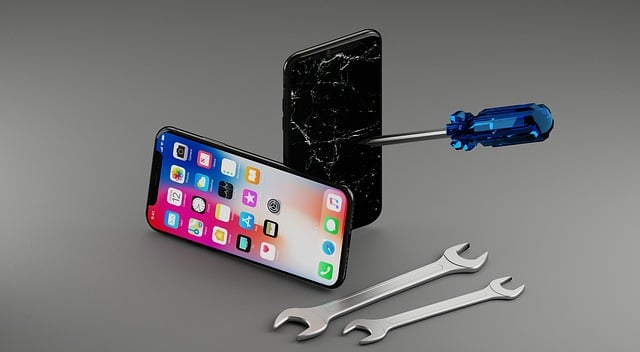
When it comes to Tesla accident repairs, understanding the distinction between structural and cosmetic damage is paramount. Structural damage refers to any harm that affects a vehicle’s safety systems, frame, or integral components. This includes issues like crushed panels, misaligned frames, or compromised suspension systems. Repairs for these types of damages are critical as they ensure the car meets Tesla’s rigorous safety standards and drives safely on the road.
Cosmetic damage, on the other hand, involves non-structural alterations to a vehicle’s appearance, such as dents, scratches, cracked windshields, or damaged paint jobs. While these repairs are essential for restoring a car’s aesthetic appeal, they typically do not impact its overall safety functionality. Tesla accident repair standards prioritize addressing structural issues first while offering top-notch fleet repair services and expert car paint repair for cosmetic concerns, ensuring both safety and satisfaction for owners.
Ensuring Safety and Quality in Repair Processes
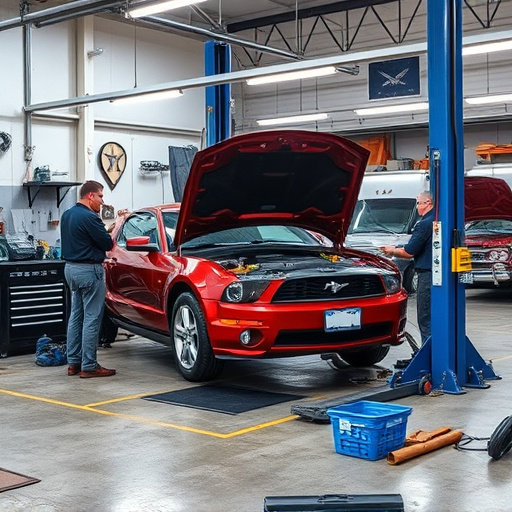
When it comes to Tesla accident repair, adhering to stringent standards is non-negotiable. The company mandates that all repairs meet or exceed original equipment manufacturer (OEM) specifications, ensuring both structural integrity and aesthetic precision. This commitment to excellence is paramount, as it guarantees that the vehicle not only drives safely but also retains its original value and appearance.
The repair process itself involves a meticulous blend of advanced technology and skilled craftsmanship. Certified technicians utilize state-of-the-art equipment and genuine Tesla replacement parts to fix car bodywork damages, be it minor cosmetic issues or more extensive structural repairs. This focus on quality control not only ensures the safety of the vehicle but also provides customers with peace of mind, knowing their vehicle is in capable hands.
Tesla’s stringent accident repair standards prioritize both structural integrity and cosmetic precision. By adhering to these guidelines, repair shops ensure that not only is your vehicle safe to drive, but it also retains its original aesthetic appeal. Understanding the distinction between structural and cosmetic damage is key to navigating Tesla’s repair processes, ultimately fostering peace of mind for owners and guaranteeing top-quality outcomes.

